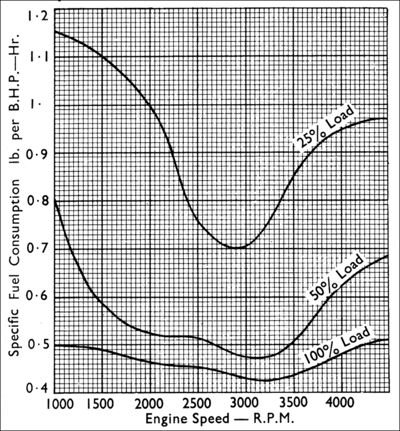Not sure that's right? Aerodynamic drag is proportional to the airspeed squared,
That is true, aerodynamic drag is proportional to the airspeed squared but the power needed to overcome aerodynamic drag increases by the cube of the velocity.
Drag is proportional to velocity squared.
But the power required to overcome that drag is drag times velocity, which is velocity cubed.
For proof, first the maths - Scroll down to the section on Drag and Power
Aerodynamic Drag – The Physics Hypertextbook.
Much easier, a simple calculator
Top Speed Calculator
I acknowledge that both the maths and the calculator are not quite accurate. In practice you need a bit less power because the calculator considers drag and that is not the only thing that a vehicle has to overcome, there are also frictional and thermodynamic losses from the tyres which don't increase at the same rate. At 95 mph these losses are relatively small compared to drag so the relationship is still substantially much closer to cubed than it is squared.
In an IC engined car we don't notice this near cubed relationship so much because the efficiency of the engine changes dramatically but in an EV it becomes much more of an issue

